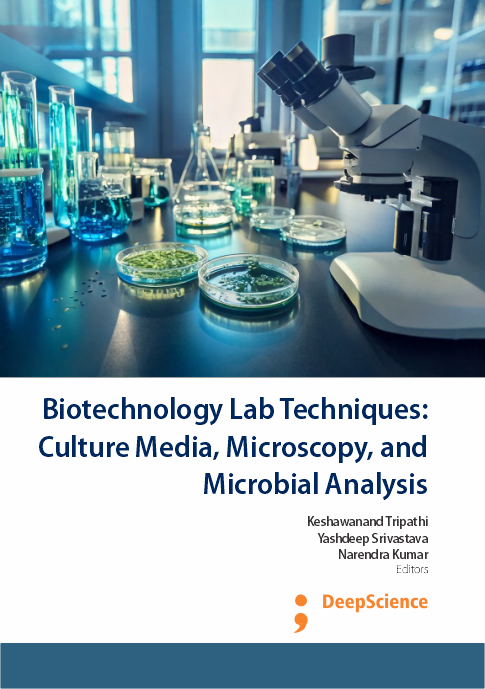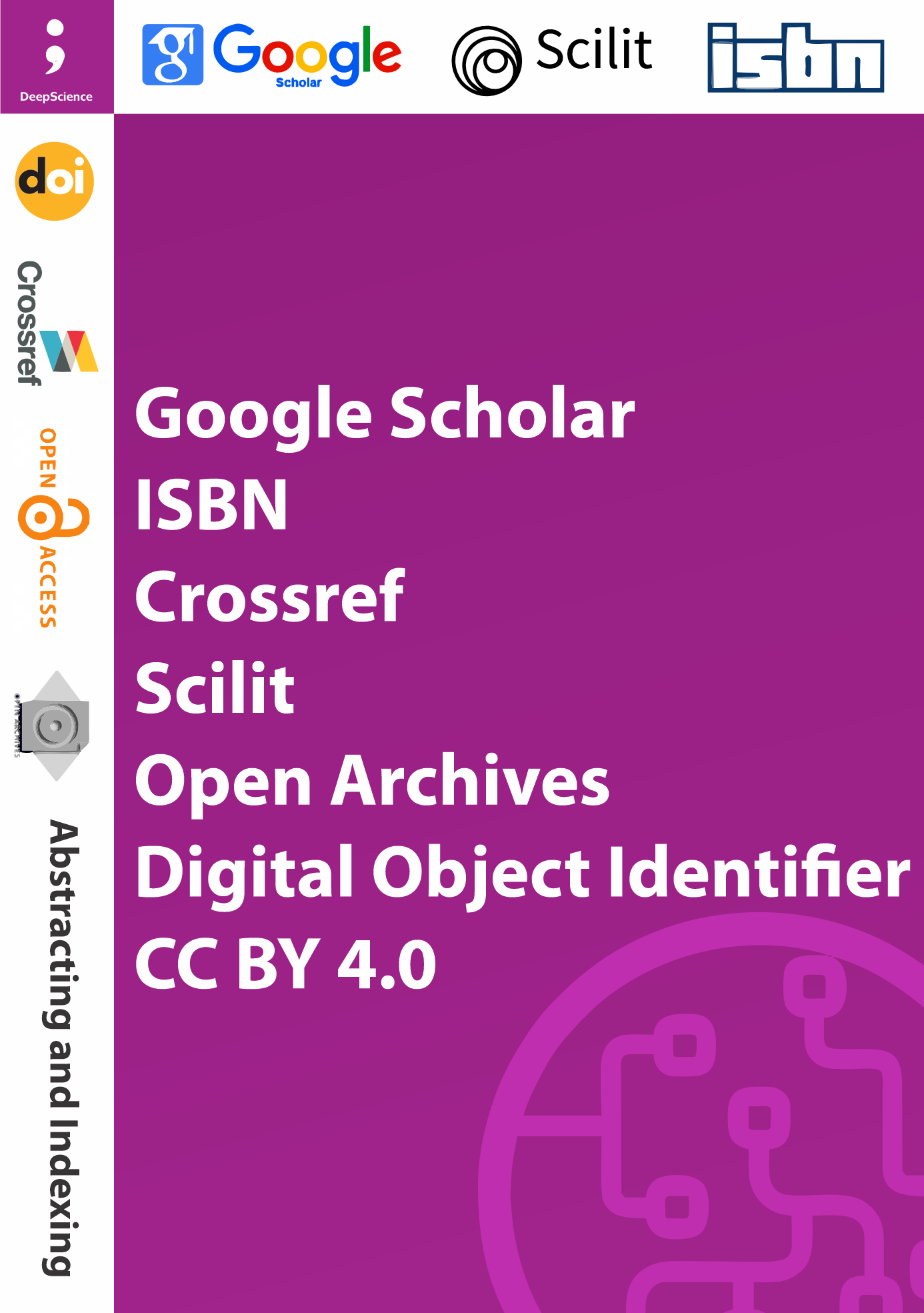CTAB-Based extraction of total plant genomic DNA: Principles, protocols, and applications
Synopsis
DNA isolation is a fundamental technique in molecular biology, essential for various applications such as DNA fingerprinting, restriction fragment length polymorphism (RFLP), construction of genomic libraries, and PCR analysis (Sambrook, and Russell, 2001;). It serves as the initial step in studying specific DNA sequences within a complex genome, as well as in analyzing genome structure and gene expression. In prokaryotic cells, DNA is contained within the nucleoid, not separated by a membrane from the cell sap. In contrast, eukaryotic DNA resides predominantly in the nucleus, separated by a membrane from the cytoplasm. The goal of DNA isolation is to effectively separate DNA from other cellular components, yielding a homogeneous DNA preparation that represents the entire genetic information of the cell (Doyle, and Doyle 1990; Reddy et al., 2018; Srivastava et al., 2022). While DNA isolation from small molecules is straightforward due to DNA's large molecular weight, challenges in plant DNA isolation include DNase activity that degrades DNA and the co-precipitation of other macromolecules such as polysaccharides, polyphenols, and proteins during the isolation process. Three primary techniques or combinations thereof—differential solubility, adsorption methods, and density gradient centrifugation—are employed for nucleic acid isolation, chosen based on the type of DNA and its intended application (Brown, 2010l; Tripathi et al., 2021). The primary objective of nucleic acid isolation is to remove proteins, achieved through their distinct chemical properties.














